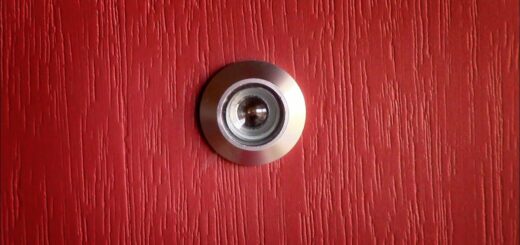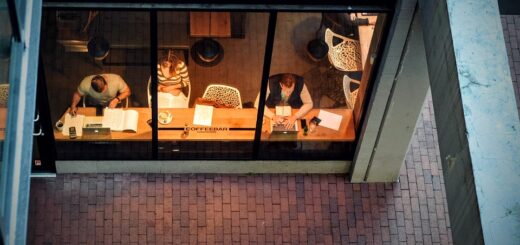Corona Diary: Stay Safe
It’s very hard to measure something that doesn’t exist. Unlike Terry Pratchett’s Pork Futures Warehouse, virtual existence has no presence, requires no storage, and cannot be counted. This makes it very difficult to sell prevention. If you apply preventative measures and the thing you were worried about doesn’t happen, you assume they were useless; if you don’t and the thing happens, it’s easy to assume it was inevitable anyway. That’s why it’s hard to convince young men to stop drinking and eating takeaway pizza, and next to impossible to convince a young man with bellyache and a hangover that it wasn’t just a dodgy kebab.
We saw this most prominently when the Y2K bug failed to materialize. I’ve never seen so many column inches dedicated to complaining about society not collapsing. The way they saw it, the threat of the Y2K bug was at best a storm in a teacup and at worst a hoax to sell overpriced consultancy services. Certainly, they felt, all the hours put in to try and stop it happening were a complete waste of time, because it didn’t happen, so we needn’t have spent all that time trying to stop it.
For those who don’t remember the Y2K bug, the issue was that many computers at the time kept track of the year using only the last two digits. Back when much of this software had been written, in the 70s and 80s, computer memory was at a premium and no-one expected the software they were writing to be around for twenty to thirty years.
They were wrong. Short term decisions made in haste have a habit of lasting far longer than those we deem important enough to spend time upon. In the run-up to the year 2000, millions of man-hours and hundreds of billions of dollars were spent trying to update essential computer systems, including those keeping planes in the air, vital hospital equipment running, or tracking the amount of money everyone had in the bank.
On January 1st, nothing happened. No computers crashed, no satellites were spent spiralling to the earth, everyone got their paychecks. The computer experts were ecstatic. Their hard work had paid off. They had pulled the cat out of the bag. They had saved the world.
Everybody else wondered what all the fuss was about.
Sometimes a stitch in time does save nine. I used to work in fraud prevention. We sold software that could stop fraud before it even happened. The problem was, we charged people based on the amount of lost money they were saving. But if they never actually lost it, they would argue, how could we be sure that we weren’t charging too much?
Similarly, if the curve is truly flattened, there will be naysayers who begin to insist it was never really that steep in the first place. As we start to see impact from the isolation measures put in place, the biggest danger we face is the suggestion that the danger is over, that now is the time to come out of hiding and get on with our daily lives.
That time will come. But right now, no one has magically achieved immunity. If we are staying safe by staying indoors, then logic dictates we will remain safe by continuing to do so. I confidently predict that the coming weeks will see increasing calls to end the lockdown. I predict people saying that the danger was overblown in the first place. As hard to believe as it seems, I predict Trump insisting that the whole thing was just fake news in the first place.
I see green shoots. I see trees of green. But I do not see an immediate end to the lockdown. We’re all in this together and much of that means holding the line. We will get out eventually but now is not the time to break cover when the tiger is still in earshot. We’ve come this far. We can go further.
We can beat this, but we must beat this together.
Stay safe. And stay indoors





Recent Comments